
Warts are benign growths on the skin, caused by human papillomavirus. The virus penetrates the top layer of the skin, usually through an opening such as a cut or a scrape. It causes rapid multiplication of skin cells, which results in growths called warts.
About warts
There are five basic types of warts - common warts, which usually grow on hands, plantar warts, found on the soles of the feet, flat warts on face, legs or arms, filiform warts which grow around the nose or the mouth and periungual warts found under and around toenails and fingernails.
Warts are always benign and they are often absolutely painless. However, if they are tampered with or exposed to pressure, they may cause discomfort and even pain. In addition, they do not look nice and most people want to get rid of them, especially if they are located in places that are highly visible, such as the hands or the face. Plantar warts often hurt, which is why people need to remove them.
Common methods of wart removal include products such as salicylic acid, procedures such as excision and laser surgery, cryotherapy and home remedies, such as duct tape. Nowadays, more and more people are choosing laser therapy for warts.
Laser surgery for warts
Laser surgery uses pulsed dye laser technology applied as a bead directly to the wart tissue, with the purpose of destroying it. Since laser surgery is not the cheapest option when it comes to wart removal, many people decide to give it a try only after all other options, such as chemicals or cryotherapy, have failed. It is done in an outpatient procedure at a hospital, clinic or a specialized medical center.
Laser surgery is usually performed on large or multiple warts. Sometimes more than one session is required. In many cases doctors use local anesthetic on the affected area to minimize pain and discomfort. If it is done properly, laser surgery for warts normally does not leave scars.
This treatment option is not recommended as initial treatment. Some warts can be effectively removed through other methods and since laser surgery is the most expensive, it often presents the last resort.
As for the risks, there is a slight possibility of infection associated with laser surgery. The signs of infection include pain, swelling, redness, bleeding, pus and fever.
Another risk, according to some experts, is the fact that laser destroys the local immunity and makes the area even more susceptible to the virus.



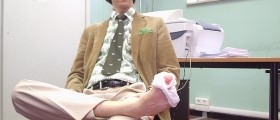





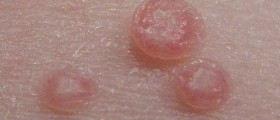

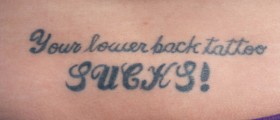

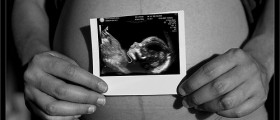
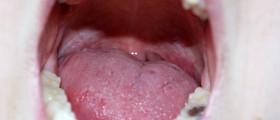


Your thoughts on this
Loading...